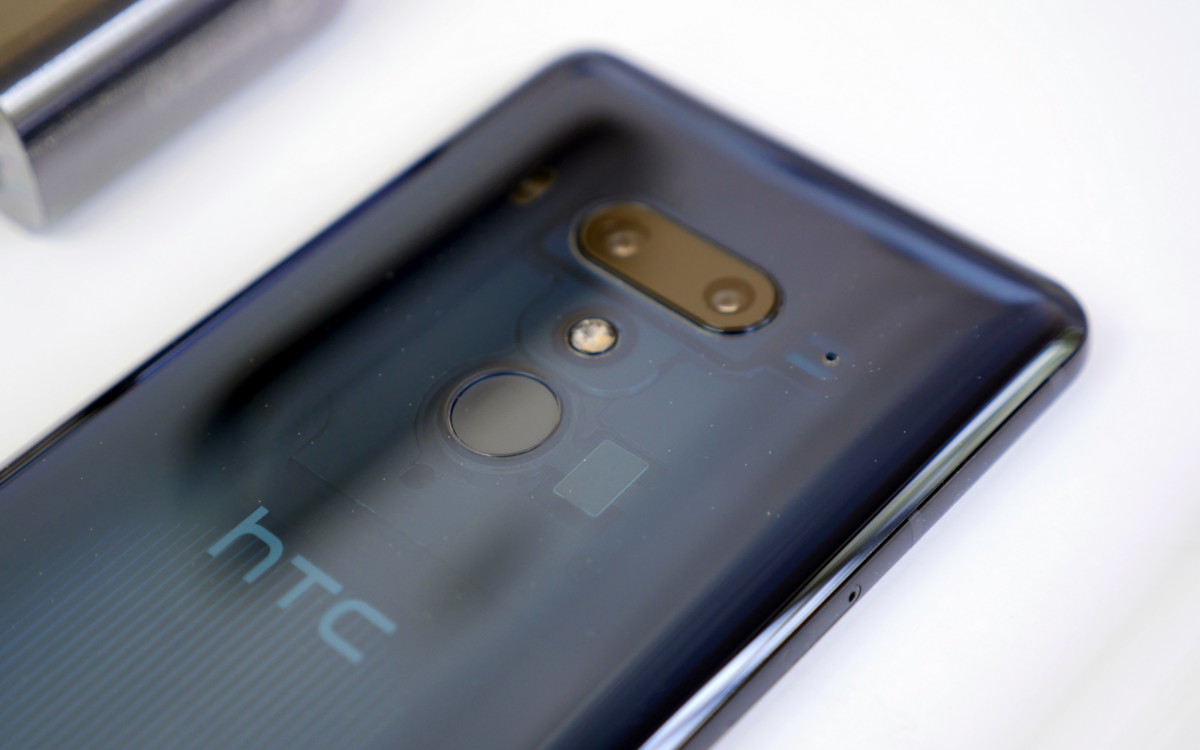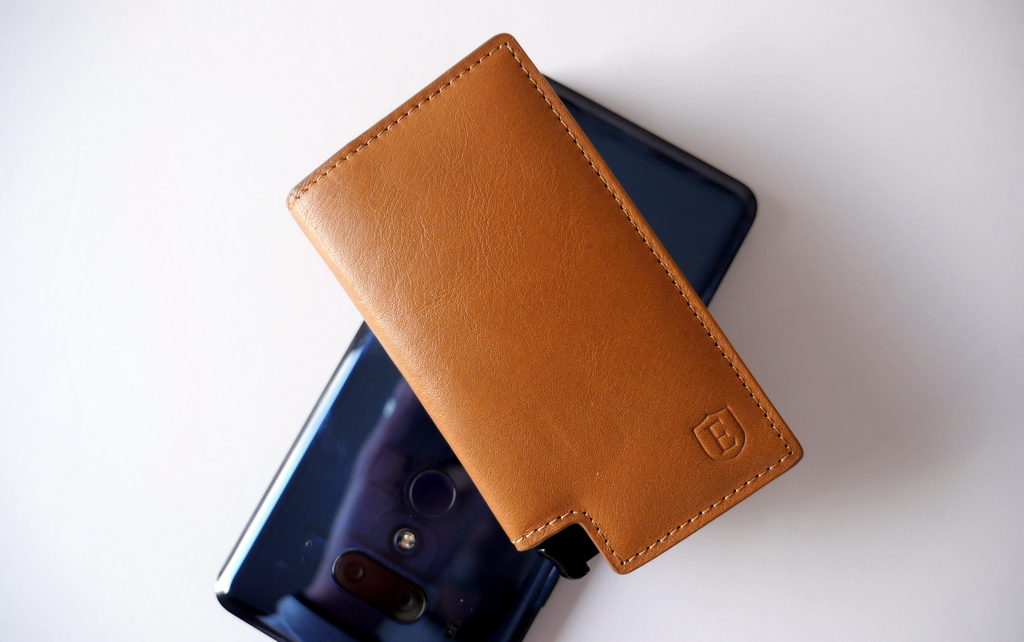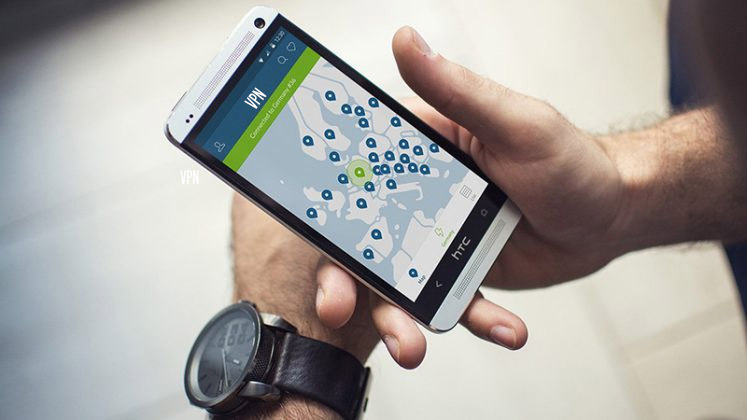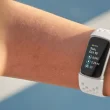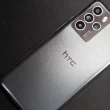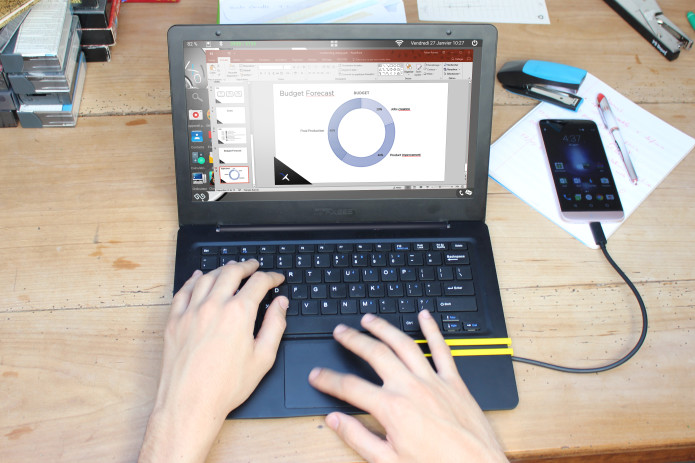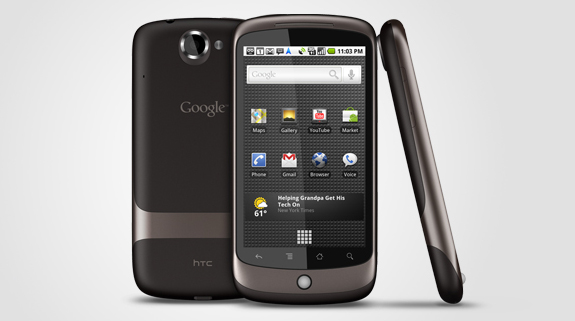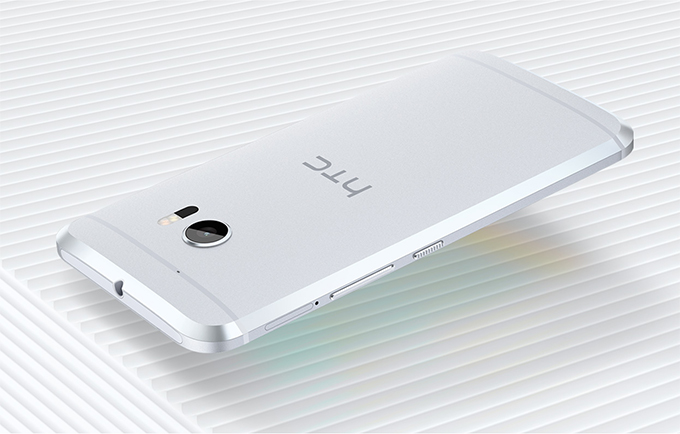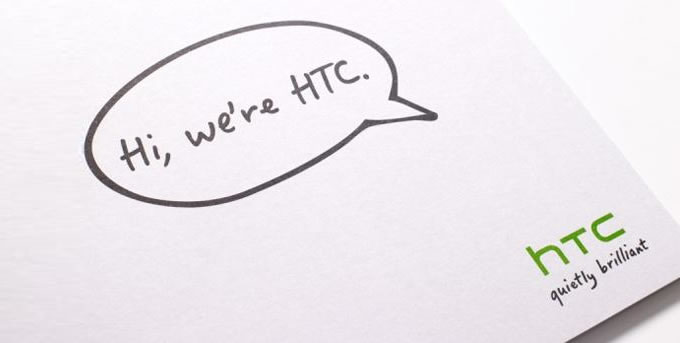Although we don’t usually think of them like this, smartphones are in fact pocket-sized computers. Today’s leading phone models come with eight CPU cores, tons of RAM and storage space, and pretty much everything else a traditional computer has except for the big screen, the keyboard, and the mouse. But these can also be connected to all the smartphones that come with support for USB On the Go (OTG for short). And this is the feature that can be used to turn your smartphone into a desktop computer.
Samsung’s DeX docking station, presented last year, can only work with Samsung Galaxy S8/Note8 devices. It allows Galaxy users to connect a large screen, a keyboard, and a mouse on their phone, and even comes with an Ethernet connector for faster download and upload speeds. But it’s far too specific – it only works with specific models – and this makes it pretty much unusable for the rest of the world. But there are alternatives that can expand the capabilities of smartphones, bring any Android-friendly gaming app or work-related piece of software to a bigger screen – and they turn smartphones not into desktop computers, like Samsung DeX does, but into laptops.
Products like Sentio’s Superbook and Mirateam’s Mirabook will allow you to transform your smartphone into a laptop computer. While the two products have different specifications, they do pretty much the same thing: expand the user interface of the connected smartphone to a “desktop” mode, and add a few extras to the mix.
Sentio’s Superbook comes with an 11.6″ screen, a full-size laptop keyboard, USB, and USB Type-C ports, and a built-in battery to expand the autonomy of the smartphone. Mirabook (this one is in a prototype stage right now) is a similar system with a 13.3″ Full HD screen, an aluminum body, support for DisplayPort, HDMI output, various other connectors, and a wider range of compatible devices – it will work not only with Android smartphones but Windows Phones, Raspberry Pi, and computer sticks, too. And it will also come with a built-in power bank to keep the work going on for longer.
Smartphones have reached a point where their processing power puts them on par with the computers we need in our everyday life. The HTC U11 has an octa-core CPU, 6GB of RAM, and 128GB of storage – there are many laptops available today with similar specifications. The only thing they don’t have is a large screen and the usual input methods for “desktop” use – and with the products presented above, even these will not be an issue anymore. So, I think we can say that the boundaries between desktop computers and smartphones are disappearing. And soon, the smartphones might be indeed the only computers we need.




